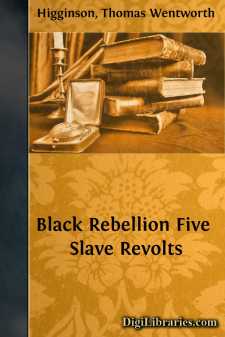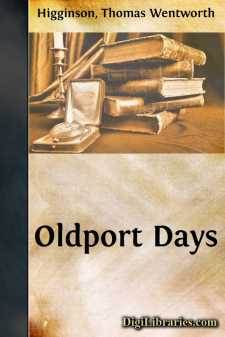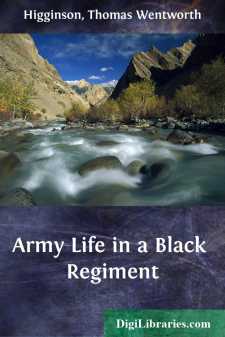Categories
- Antiques & Collectibles 13
- Architecture 36
- Art 48
- Bibles 22
- Biography & Autobiography 813
- Body, Mind & Spirit 142
- Business & Economics 28
- Children's Books 15
- Children's Fiction 12
- Computers 4
- Cooking 94
- Crafts & Hobbies 4
- Drama 346
- Education 46
- Family & Relationships 57
- Fiction 11829
- Games 19
- Gardening 17
- Health & Fitness 34
- History 1377
- House & Home 1
- Humor 147
- Juvenile Fiction 1873
- Juvenile Nonfiction 202
- Language Arts & Disciplines 88
- Law 16
- Literary Collections 686
- Literary Criticism 179
- Mathematics 13
- Medical 41
- Music 40
- Nature 179
- Non-Classifiable 1768
- Performing Arts 7
- Periodicals 1453
- Philosophy 64
- Photography 2
- Poetry 896
- Political Science 203
- Psychology 42
- Reference 154
- Religion 513
- Science 126
- Self-Help 84
- Social Science 81
- Sports & Recreation 34
- Study Aids 3
- Technology & Engineering 59
- Transportation 23
- Travel 463
- True Crime 29
Black Rebellion Five Slave Revolts
Description:
Excerpt
THE MAROONS OF JAMAICA
The Maroons! it was a word of peril once; and terror spread along the skirts of the blue mountains of Jamaica when some fresh foray of those unconquered guerrillas swept down from the outlying plantations, startled the Assembly from its order, Gen. Williamson from his billiards, and Lord Balcarres from his diplomatic ease,—endangering, according to the official statement, "public credit," "civil rights," and "the prosperity, if not the very existence, of the country," until they were "persuaded to make peace" at last. They were the Circassians of the New World, but they were black, instead of white; and as the Circassians refused to be transferred from the Sultan to the Czar, so the Maroons refused to be transferred from Spanish dominion to English, and thus their revolt began. The difference is, that while the white mountaineers numbered four hundred thousand, and only defied Nicholas, the black mountaineers numbered less than two thousand, and defied Cromwell; and while the Circassians, after years of revolt, were at last subdued, the Maroons, on the other hand, who rebelled in 1655, were never conquered, but only made a compromise of allegiance, and exist as a separate race to-day.
When Admirals Penn and Venables landed in Jamaica, in 1655, there was not a remnant left of the sixty thousand natives whom the Spaniards had found there a century and a half before. Their pitiful tale is told only by those caves, still known among the mountains, where thousands of human skeletons strew the ground. In their place dwelt two foreign races,—an effeminate, ignorant, indolent white community of fifteen hundred, with a black slave population quite as large and infinitely more hardy and energetic. The Spaniards were readily subdued by the English: the negroes remained unsubdued. The slaveholders were banished from the island: the slaves only exiled themselves to the mountains; thence the English could not dislodge them, nor the buccaneers whom the English employed. And when Jamaica subsided into a British colony, and peace was made with Spain, and the children of Cromwell's Puritan soldiers were beginning to grow rich by importing slaves for Roman-Catholic Spaniards, the Maroons still held their own wild empire in the mountains, and, being sturdy heathens every one, practised Obeah rites in approved pagan fashion.
The word Maroon is derived, according to one etymology, from the Spanish word Marrano, a wild boar,—these fugitives being all boar-hunters; according to another, from Marony, a river separating French and Dutch Guiana, where a colony of them dwelt and still dwells; and by another still, from Cimarron, a word meaning untamable, and used alike for apes and runaway slaves. But whether these rebel marauders were regarded as monkeys or men, they made themselves equally formidable. As early as 1663, the Governor and Council of Jamaica offered to each Maroon, who should surrender, his freedom and twenty acres of land; but not one accepted the terms....









